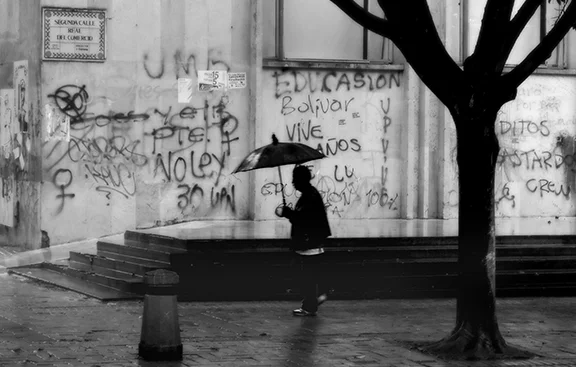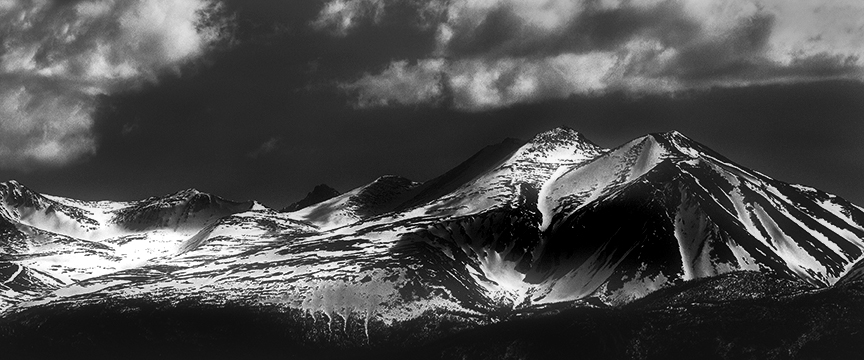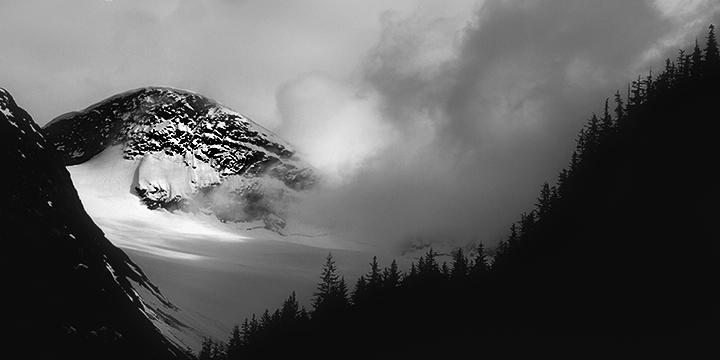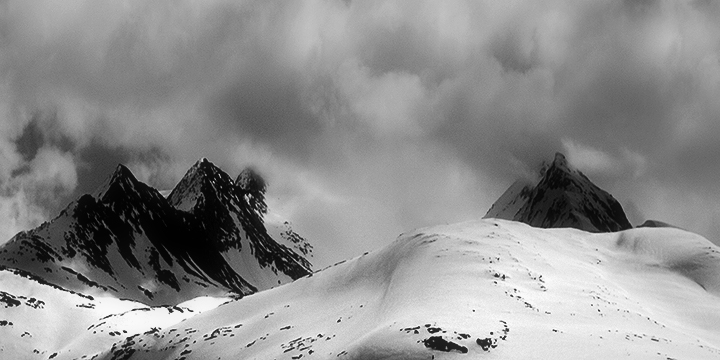Photographing people in the streets
I would describe Street Photography as creating a carbon copy from a fragment of everyday life. Street Photographer’s document reality and illustrate truthful instants that most don’t even notice in their day-to-day routine. Street Photography demands attention to detail and the photographer must inject himself into the scene to capture it’s temperament in a fraction of a second, seizing a moment that vanishes in an equal measure of time. For the Street Photographer there is no particular subject matter, there is only the topic of ‘life’.
Street Photography is probably one of the most difficult genres of photography to master, because it is based on the unknown. You can select the composition, but you can’t necessarily select the characters in it or direct how they will behave to make your picture look good or convey a message because it is spontaneous, unscripted, unplanned and immediate.
In order to produce expressive street photographs, key elements are needed; emotion, instinct, timing, anticipation and keen observation. You will not effectively document life until seeing and feeling becomes natural skills. A good street photographer will see a scene coming together in advance of the shot and in seconds, visualize the picture then take steps to prepare the correct framing.
Having a complete understanding of the technical aspects of your equipment is an absolute must. If you are fumbling with your equipment you will miss the “decisive moment”: it will disappear in a split second, and that moment will never reoccur. Coined by Henry Cartier Bresson, seizing the “decisive moment” is just as tricky as sports photography in terms of catching the instant of peak action.
Whenever the opportunity to capture these random moments arises, you must be ready and cannot hesitate. Precise timing and reaction is what brings a street photograph from the ordinary to the extraordinary.
Each individual’s facial expression is unique and distinctive. Contained in each expression is emotion that can be recognised and therefore documented. Examples of these emotions include joy, anxiety, astonishment, excitement or concern, and there are many more subtle nuances. If you attempt to craft these emotions by directing the person in front of your lens to act them out, the ultimate message of the photograph will not be conveyed as authentic and the photograph will be assured to have a staged look. Capturing pure and authentic emotion and being able to immortalize these short lived insights into the subject’s lives is the elusive target.
Street Photography involves getting up close and personal to people or situations. To be effective with this type of shooting, you have to be in the moment and not a distant spectator. A telephoto lens will provide the comfort of viewing the action from afar but without emotional connection, while wide-angle and normal lenses will definitely make you a participant and allow you to tap into your instincts, bringing out the truth within the story. For a street photograph to be effective, something in the scene has to speak meaningfully to the photographer.
Your photographs should make the viewer feel something. Capturing emotion is the one basic element that any great photograph should contain. If you are aware of the feeling before you release the shutter, your photographs will have much more impact and will definitely deserve the viewer’s attention.
An excellent photograph is not about aiming a skilfully adjusted costly camera at a person or scene; it’s about communicating an idea, a concept, a feeling or a thought. For a photograph to be effective and seize the viewer’s attention you should be clear about what you're communicating. Ansel Adams said "There is nothing worse than a sharp photograph of a fuzzy idea". Knowing what you're saying and saying it clearly is what makes an image people will remember.
Because this style of photography frequently requires moving into most people's personal space, a relaxed, cheerful and honest attitude will help you intermingle with the locals. Unlike portraiture that requires a more structured approach; street photography involves inserting yourself in an unstructured horde of people going about their business in the framework of the environment. The more you interact with the general populace and assimilate the sights and sounds of the surroundings, the more you will be accepted for what you are: a photographer. But remember, not everyone will welcome you into their space. Therefore, approach this aspect of photography with caution and respect.
It is necessary to practice in order to perfect your composition skills to the point that it becomes instinctual. Taking time to visualise or organize all the elements with, the rule of thirds, depth of field, exposure or assessing what lens to use is a non-existent luxury. You have to see the scene in its entirety in your mind’s eye and transfer the situation in an instant to your viewfinder without pausing to analyze. Therefore, it is necessary to not rely on your conscious mind, but to rely on your unconscious: you must react intuitively.
I never have a set strategy when I go out to photograph the streets or with my approach to my subjects. Everything happens out of emotion and intuition; there is nothing intellectual about it. Observing the elements that influence the creation of a photograph and absorbing the light, the location, the identity and expression of the person will lead you to see from the heart.
If you aspire to recognise the inward state of a person and not only the outward appearance, you will experience the pleasure of being in the immediate moment with the person in front of your lens. The desire to communicate the essence and character of the person being photographed is what should guide you.
Photographing people effectively is, at some level, about caring. An emotion such as sorrow can be viewed as an expression of beauty once captured and frozen. Each photograph should illustrate the photographer's view or message according to how he desires the viewer to perceive it.
We’ve all heard the saying, “a photograph is worth a thousand words” and it’s because a good photograph always tells a story and if it’s a photograph of a person, it will show “who” the person is. School photographs record what a student “looks like,” but seldom convey who the child is. Just as you take time to identify the feeling you want to evoke, recognize the story you want to tell.
Fine street photography is a form of visual and mindful meditation and if you do not force it, the rhythm of the street will reveal itself and present snippets of life happening directly in front of you. You must be quick, as all this takes place in an instant.
The human face is exceptional, full of wonders and mysteries and each person is unique. The photographer’s mission is to capture the soul of the person in the final image. If you can accomplish this, you will have joined a very select group of great photographic artists.
In short, to create emotion in your people photography is to capture the authenticity and atmosphere of not only the subject but also the moment.













